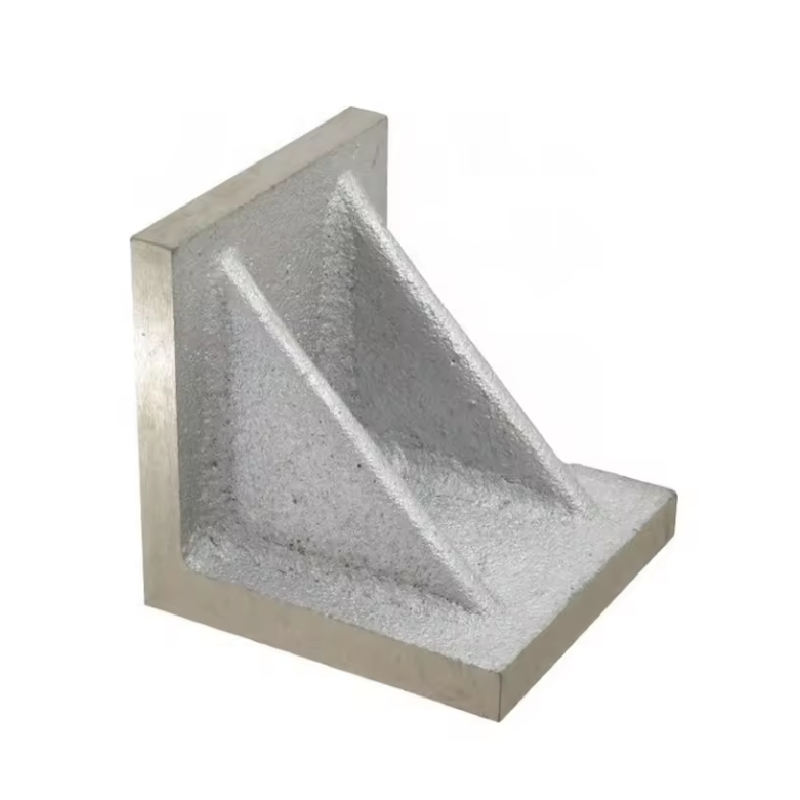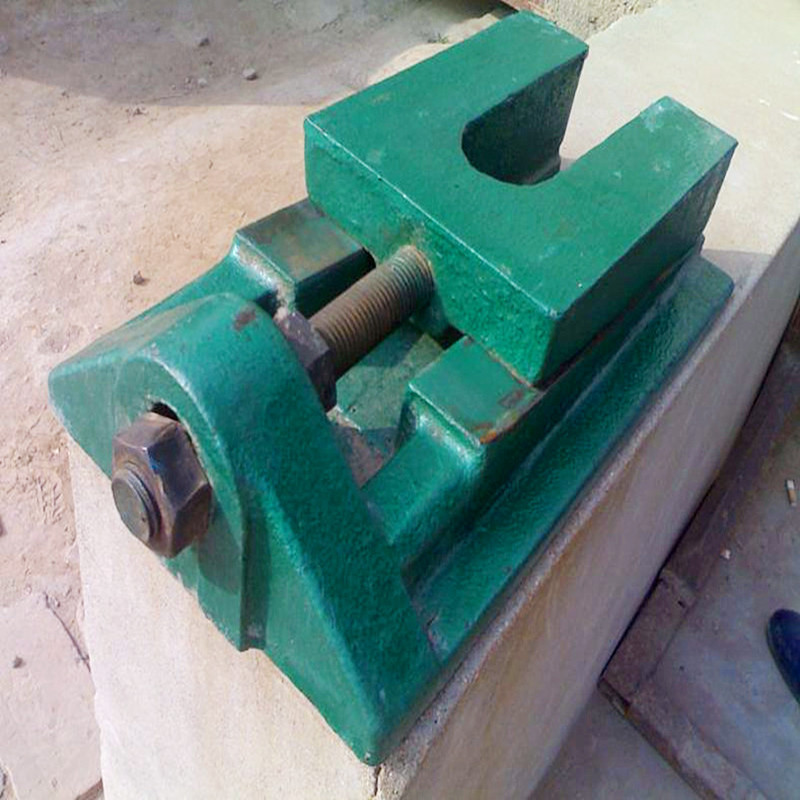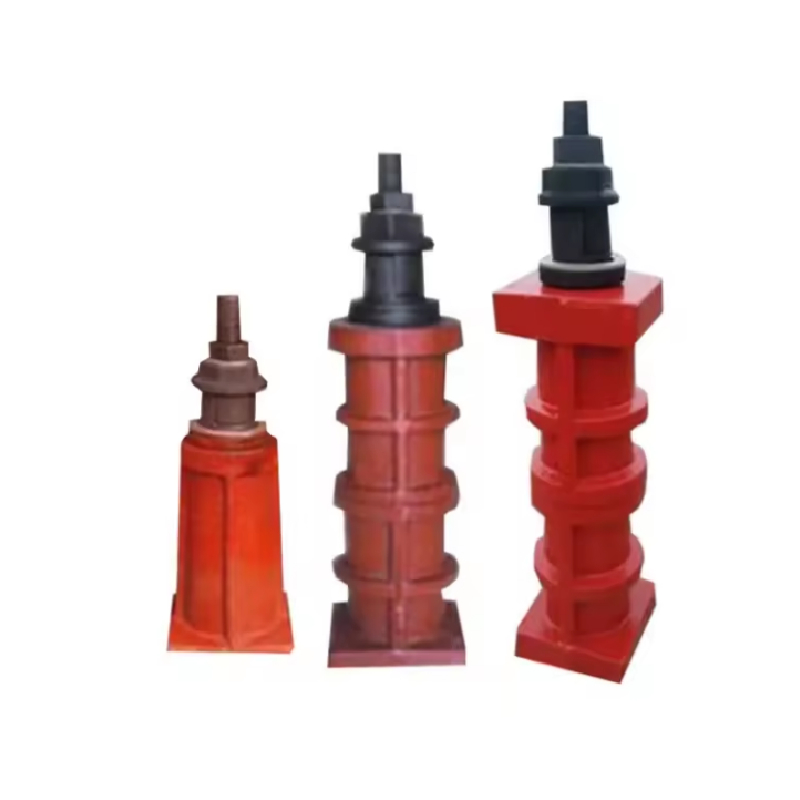Uzt . 11, 2025 09:12 Itzuli zerrendara
Hose Check Valve Prevents Backflow in Irrigation Lines
In the intricate network of irrigation systems, maintaining the unidirectional flow of water is crucial for efficient water management and the health of crops. The hose check valve emerges as an indispensable solution, effectively preventing backflow that could lead to contamination, equipment damage, and water wastage. Storaen (Cangzhou) International Trading Co., a leading wholesaler, offers a diverse range of high-quality check valves. Our products combine robust design, reliable functionality, and compatibility with various systems to ensure seamless operation in agricultural and landscaping applications.
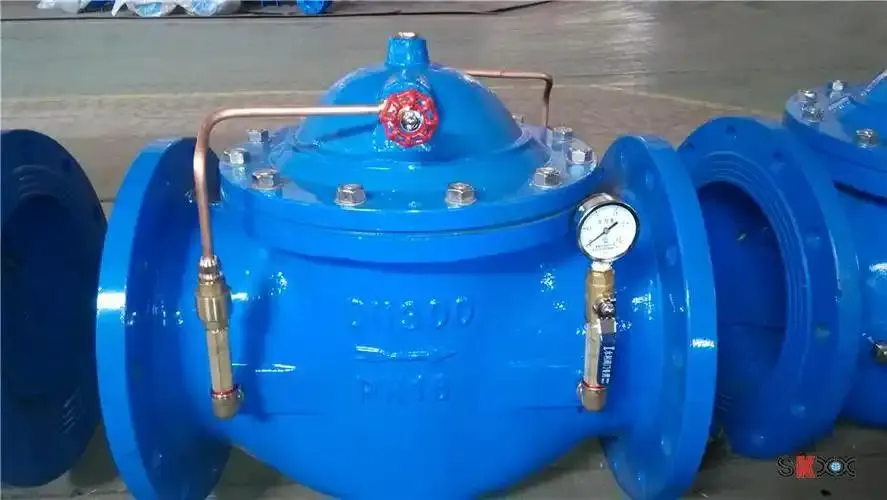
The Design and Function of Hose Check Valve for Irrigation
- The hose check valvefrom Storaen (Cangzhou) International Trading Co. is specially engineered for optimal performance in irrigation applications.
- Its compact and lightweight design enables easy installation and integration into various hose and pipeline setups commonly used in irrigation systems.
- The internal mechanism of the hose check valvefeatures a simple yet effective flap or disc that opens to allow forward water flow and automatically closes when the flow stops or reverses.
- This prevents backflow into the water source, protecting pumps, filters, and other components from potential damage.
- It also stops contaminated water from mixing with the clean water supply in irrigation lines.
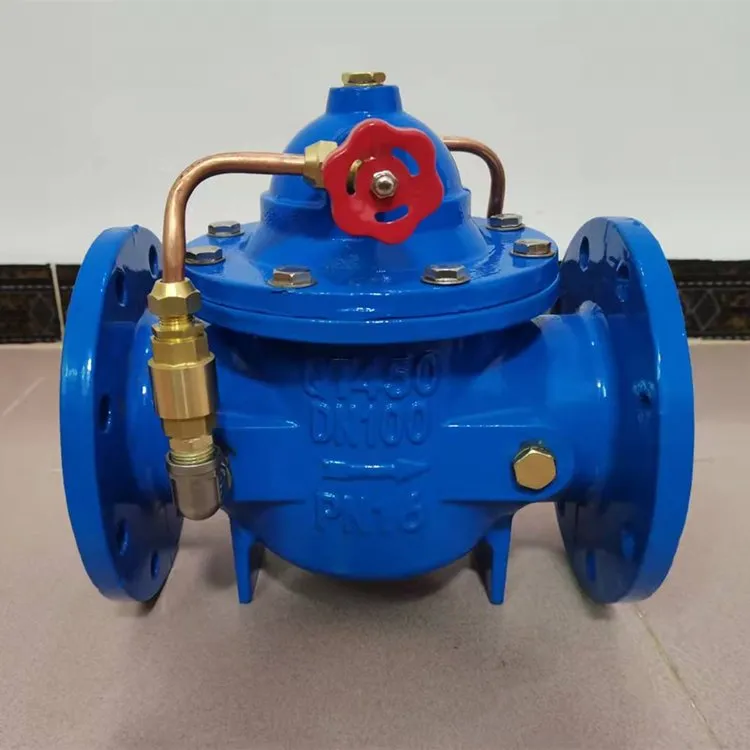
Key Features of One Inch Check Valve and Its Irrigation Applications
Our one inch check valve models offer a range of features that make them suitable for irrigation systems. The standard one-inch size ensures compatibility with many common irrigation hoses and pipes, providing a convenient fit for various setups. Constructed from durable materials such as brass or stainless steel, these valves are resistant to corrosion from water and agricultural chemicals, ensuring a long lifespan. The one inch check valve can handle different water pressures typically encountered in irrigation, maintaining a reliable seal to prevent backflow and ensuring consistent water delivery to plants, whether in small garden plots or large-scale agricultural fields.
|
Parameter |
Value |
|
Nominal pressure |
1.0MPa - 1.6MPa - 2.5MPa |
|
Low action pressure |
≥0.02MPa |
|
Specification caliber |
50 to 600mm |
|
Medium temperature |
0 to 80 degrees |
|
Applicable medium |
clean water |
|
Connection form |
flange |
|
Shell material |
cast iron or brass |
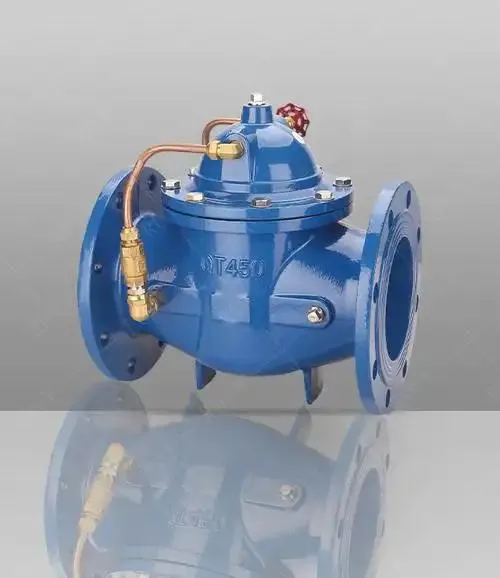
Hydraulic Check Valve: A Solution for Demanding Irrigation Situations
In some irrigation scenarios that involve higher water pressures or more complex hydraulic systems, the hydraulic check valve proves to be an ideal choice. Storaen (Cangzhou) International Trading Co.’s hydraulic check valve models are built with robust construction to withstand elevated pressures, making them suitable for applications like drip irrigation systems with pressurized water sources or large-scale sprinkler systems. These valves ensure that water flows in the correct direction even under fluctuating pressure conditions, safeguarding the integrity of the entire irrigation system and optimizing water usage efficiency.
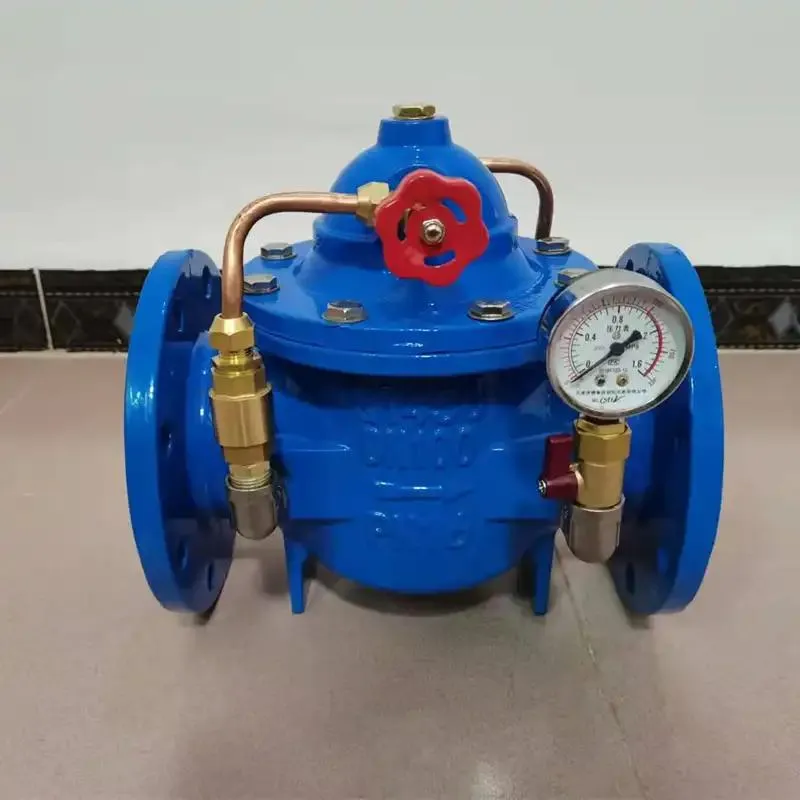
Hose Check Valve FAQS
How does a hose check valve prevent backflow in irrigation lines?
A hose check valve from Storaen (Cangzhou) International Trading Co. prevents backflow through its internal mechanism. When water flows in the forward direction, it pushes open the flap or disc inside the valve, allowing the water to pass through. Once the flow stops or reverses, the flap or disc closes due to gravity or spring force, creating a tight seal that blocks the reverse flow of water. This simple yet effective design ensures that water remains flowing in the right direction in irrigation lines, protecting the system from potential hazards.
Can a one inch check valve be used in place of a hose check valve in irrigation?
In many cases, a one inch check valve can be used in irrigation systems, especially if the hose or pipe diameter is compatible. However, hose check valve models are often more specifically designed for the flexibility and quick connections typical of hoses used in irrigation. They may have features like easy snap-in fittings for hoses. A one inch check valve might be better suited for more permanent pipeline installations within an irrigation setup. Our experts can guide you on the best choice based on your specific irrigation system requirements.
What maintenance is required for hydraulic check valves in irrigation?
Maintenance of hydraulic check valves used in irrigation is relatively straightforward. Regular visual inspections should be carried out to check for any signs of leaks, corrosion, or damage to the valve body or internal components. Periodically, if necessary, the valve can be cleaned to remove any debris that might affect its operation. Lubrication of moving parts, as per the product instructions, can also help ensure smooth operation over time. Following these simple maintenance steps will keep the hydraulic check valve functioning effectively in your irrigation system.
Are our hose check valves suitable for use with fertilizers in irrigation?
Yes, our hose check valves are designed to be compatible with fertilizers and other agricultural chemicals commonly used in irrigation. Constructed from materials that resist corrosion from these substances, the valves can withstand exposure without degrading in performance. The tight seal of the hose check valve also prevents the backflow of fertilizer-laden water, ensuring that the chemicals do not contaminate the water source and that the irrigation system operates safely and efficiently.
How do I install a hose check valve in my existing irrigation system?
Installing a hose check valve in an existing irrigation system is a simple process. First, ensure that the water supply is turned off. Then, identify the correct location in the hose or pipeline where you want to install the valve, typically close to the water source or before critical components. The valve usually has an arrow indicating the direction of water flow; make sure to install it in the right orientation. For hose connections, simply attach the valve to the hose fittings as you would with other hose accessories. Once installed, turn on the water supply and check for any leaks around the valve connections.
-
Thread Plug Gauge Our Promise of Measurement ExcellenceBerriakAug.22,2025
-
Gauge Pin Class Reflecting Quality LegacyBerriakAug.22,2025
-
Check Valve Types for High Rise BuildingsBerriakAug.22,2025
-
Water Control Valve for Irrigation SystemsBerriakAug.22,2025
-
Gate Valve with Soft Seal TechnologyBerriakAug.22,2025
-
Y Type Strainer for Oil and Gas ApplicationsBerriakAug.22,2025
Lotutako PRODUKTUAK




